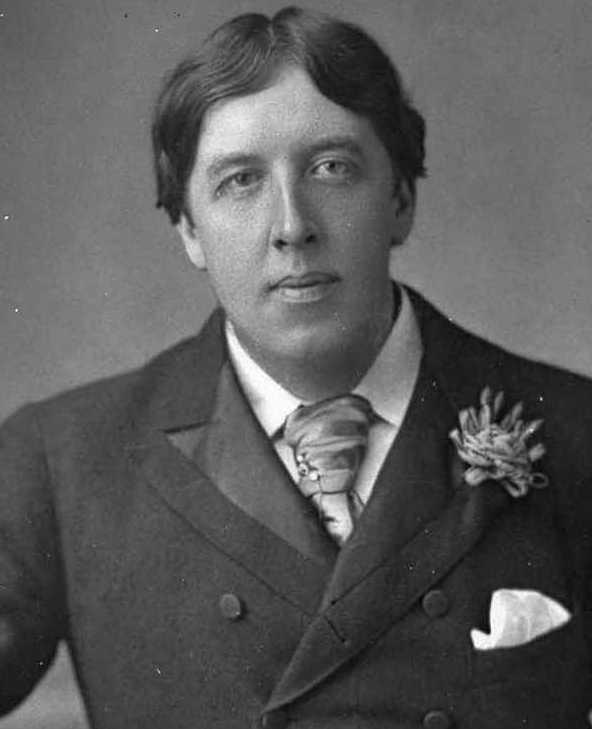Learn more about health with this collection
How to make rational decisions
The role of biases in decision-making
The impact of social norms on decision-making
Pain: The Unwanted Discomfort
- Pain, whether emotional or physical is practically unavoidable in the entire human existence. Drugs may blunt it to an extent (with severe side-effects), but we all dread pain and wish it wasn’t there in our lives.
- Pain is, at its core, a flashing red light on the cockpit, a warning system of the human body, guiding it on what action, reflexive or respondatory, has to be taken.
- Acute pain, like when you burn your hand on the stove, is essential to our survival and is something all living species(some say even plants) have in common.
166
809 reads
Not Being Able To Feel Pain
Congenital Insensitivity To Pain (CIP) is a rare genetic condition in which a person does not feel any pain, with no warning signs of ‘hurt’ being registered in the brain even after the body gets injured or damaged.
No one with this condition survived till adulthood due to them not able to act on the(unfelt) pain, which could have saved their lives.
153
558 reads
Pain Is Multi-Dimensional
The very concept of pain, where it locates and provides the severity of the problem, is an extremely important part of the human body mechanism, as it operates on various dimensions.
As soon as we touch a hot pan (thermal), our hand is located by the brain, along with the intensity, which is extremely unpleasant and diverts your thoughts towards it, demanding full attention (cognition), making us feel unhappy (emotional).
146
439 reads
Brain Handles The Pain Naturally
When we feel acute pain, we act according to our past experience, preset responses and other environmental and social factors, taking the help of some natural powers of our brain, we can even temporarily block our pain. Pain drives us towards action, prompting a fight or flight response.
Our skin as a whole network of ‘pain nerve fibres’ with nociceptors in the ends which send signals to the spinal cord and to the brain, where the perception of pain along with its intensity is felt by the individual.
149
394 reads
The Two Kinds Of Pain
- First Pain is in the fast lane of our nervous system and is called A-Delta. It is felt as acute pain that results in sudden, reflex actions.
- Second Pain is on the other lane which is a slower and constantly throbbing sensation (going through C-Fibre), which gives your brain a ‘Still hurting, please check’ signal.
151
448 reads
Food Being Painful
Certain temperatures and qualities in food activate the same nociceptors, like when one eats a red hot chilli pepper. This is dealt with by nature in a sophisticated way, as a certain chemical that is produced, called capsaicin, gets bound to our nociceptors, activating the same.
Plants disperse the chemical in ways that promote the spread of its seed and with plant reproduction through birds and bees.
138
344 reads
The Generation Of Pain In The Brain
Pain signal activates many regions of the brain like the brainstem, thalamus and multiple cortex areas. The brain surprisingly can suppress, amplify, reappraise and attenuate the incoming pain signal, coating it with emotions to turn up the volume.
The brain can talk to the spinal cord and suppress pain, like a brake, at least temporarily. This system is called a descending pain modulatory system, and results in a sort of placebo effect.
143
328 reads
Psychogenic Pain And Chronic Pain
- Psychogenic Pain or emotional pain, which is without a physical injury, has a neural basis and is as real as physical pain, and cannot be ignored just because there is no physical location to look at.
- Chronic Pain, which is experienced by one-fifth of the population and has significant costs attached to it, apart from other complications like depression, anxiety and sleeplessness. It is one of the biggest health problems on the planet and is due to many different conditions like nerve damage, injury, or arthritis.
155
403 reads
Measuring And Treating Pain
- Doctors usually measure a person's pain by the visible features like the severe reactions of agony and grimace, apart from a rating scale and even brain imaging. Other measures like heart and breathing rate also give important signals to consider.
- Painkillers like Aspirin (now replaced by ibuprofen) are usually prescribed for pain, and paracetamol is given when there is no inflammation.
- Cognitive Behavioural Therapy, physiotherapy and surgery are other treatments, often used as a combination with the pills.
138
346 reads
The Mysteries Of Pain
- Biologists still haven’t found the mystery nociceptor that detects hammer blows, a knife cut or a small pinprick.
- Chronic pain is often not understood in many individuals, who are then left untreated.
- We still don’t know the exact area which produces the ‘hurt’ of the pain.
141
322 reads
CURATED BY
More like this
7 ideas
How your brain creates pain – and what we can do about it
sciencefocus.com
12 ideas
How do painkillers actually kill pain?
bigthink.com
6 ideas
What Is Consciousness?
scientificamerican.com
Read & Learn
20x Faster
without
deepstash
with
deepstash
with
deepstash
Access to 200,000+ ideas
—
Access to the mobile app
—
Unlimited idea saving & library
—
—
Unlimited history
—
—
Unlimited listening to ideas
—
—
Downloading & offline access
—
—
Personalized recommendations
—
—
Supercharge your mind with one idea per day
Enter your email and spend 1 minute every day to learn something new.
I agree to receive email updates

